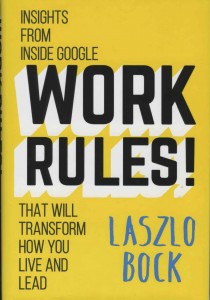
WORK RULES! INSIGHTS FROM INSIDE GOOGLE THAT WILL TRANSFORM HOW YOU LIVE AND LEAD BY LASZLO BOCK ’93 TWELVE, HACHETTE BOOK GROUP, 2015 416 PAGES | $30
The reviews for Work Rules! by Google’s Vice President for People Operations Laszlo Bock ’93 have been, to say the least, laudatory. Forbes.com called it “a masterpiece.” Tom Gardner, founder and CEO of Motley Fool, called it “the finest book on organizational culture that I have ever read.” So this spring, PCM Editor Mark Wood sat down with Bock (long distance) to talk about how the book came about.
PCM: Tell me how you came to write Work Rules! Is it something you’ve been thinking about for a long time?
Bock: Yes, it has been, actually. Not about writing a book, but I’ve been thinking for a long time about how work really kind of sucks for too many people. Work is just not fun. I’ve got a great job. I love what I do. And even I have lousy days. But if I think about jobs I’ve had in the past, the jobs my friends and classmates have, work just sucks way more than it should.
And I realized it actually doesn’t have to. There’s actually a lot of things we’ve done and studied at Google, as well as great things other companies have done, about how to make work better, have a better, more meaningful, more fulfilling, more impactful, more productive experience, without spending money. I got it in my head to tell that story about how you can do that.
PCM: I was struck by how optimistic you are about people. Is that something you’ve always felt?
Bock: I’ve always felt you could learn something from everyone around you. I remember a philosophy class in high school that was just a complete random mix of people from all kinds of different backgrounds—kids who were stoners, kids who were into punk rock, kids who were never, ever going to go to college and a very few who had a background like mine, with two parents with master’s degrees. By the end of it, I absolutely learned something from every single kid in that class. I realized you can learn from the people all around you. Whatever they look like on the outside, whatever baggage they bring, whatever damage they have or trauma they’ve been through, there’s just a core of goodness in there. There’s something they can teach you if you just take the time to open your ears and listen.
That, I think, has informed not just a lot of things I’ve done in my life, but also the book. It’s premised on the notion that you have to ask yourself, “Are people good or are they evil?” If you believe they’re good, you have to treat them that way and act that way.
PCM: Reviewers have called Work Rules! “unconventional,” “innovative,” “surprising.” What would you say is the most revolutionary idea in the book?
 Bock: I think the biggest thing is, “Don’t trust your instincts,” or as I write, “Don’t trust your gut.” We have all kinds of biases. Our instincts and intuition feel good. The problem is we’re wrong most of the time.
Bock: I think the biggest thing is, “Don’t trust your instincts,” or as I write, “Don’t trust your gut.” We have all kinds of biases. Our instincts and intuition feel good. The problem is we’re wrong most of the time.
For example, it feels good when we interview somebody and find out that they like the same teams or they went to the same school. Turns out, those are terrible reasons to hire somebody.
It feels good when you’re hungry to reach in the fridge and grab whatever is at eye level and convenient. The problem with that is: what’s at eye level and convenient tends to be sugary snacks and sugary drinks which are actually bad for you.
It feels good to be able to tell everybody we pay everyone fairly because everyone makes the same money. The reality is your best people generate way more value than your average people and you’re actually disadvantaging them if you pay them all the same or within 10 percent or 20 percent. So our instincts on how to manage people are just wrong.
PCM: I’ve always thought the skills you need to excel in a standard interview usually aren’t the skills you need to do a good job.
Bock: You’re absolutely right. Most people that are doing interviews don’t know how to interview. I’ve been back to Pomona a few times, to talk to students about how to write a resume, how to interview, questions you can anticipate. “Tell me about yourself. What’s your greatest strength, greatest weakness?” None of those common interview questions tell you anything about whether the person is going to be good in the job.
The only questions that do are questions that actually say, “Give me an example of work you did that is exactly like the work you’re going to do.” They’re called “structured behavioral interview questions.” Everything else is kind of a waste of time.
PCM: At one point in the book, you say, “We want owners not employees.” What do you mean by that?
Bock: Ideally, here’s what it boils down to. If there’s garbage on the floor or a scrap of paper left in a conference room, you want people who are going to pick it up and throw it away. You want people who think this is their company or team or department. The reason is those people are always going to do the right thing rather than just doing what’s in their short-term interests. As a result, you end up better serving your customers, your shareholders, and your users.
PCM: There are a lot of little maxims in this book, and one of my favorites is, “If you’re comfortable with the amount of freedom you’ve given your employees, you haven’t gone far enough.” Tell me about that.
Bock: The secret to growing and developing is you just keep giving people more freedom. As long as you give them more, they get excited, they feel challenged, they grow and do great work. But our impulse is to titrate that out very slowly when we think they’re ready for it rather than saying, “You know, this is an amazing person. I don’t know what’s going to happen and it may blow up, but I’m going to make a bet on that person.” That’s uncomfortable and scary, because as a manager, you’re on the hook for that person’s results. But you have to remember, too, that you’re also an employee, and what you want more than anything else is for your own manager to get out of your way and give you a bunch of freedom. So remember that and get uncomfortable.
PCM: How does that high-freedom workplace work in real life? Do you have to be able to tolerate a little bit of anarchy?
Bock: Yeah. Part of the way we solve for it at Google is: there’s a tremendous belief in transparency. It’s okay to ask anyone what they’re doing, and people post their goals on our internal website, so you can see what everyone is working on all the time. What’s beautiful about that is: you have all this freedom, but as one of our executives, Jonathan Rosenberg, used to say, “Trust but verify.” I think that was Ronald Reagan’s cold war maxim.
You give people freedom, you just check on them once in a while to see how things are going, and 99 times out of 100, they’re doing great stuff. So there is a little bit of anarchy, and you try to observe what’s going on without jumping in and telling people, “You can do this; you can’t do this other thing.”
PCM: You say one of the things you’re looking for in hiring is “emergent leadership.” What do you mean by that and how do you find it?
Bock: The conventional model of leadership is somebody who stands at the bow of the ship and says, “Onward. We’re going in this direction.” The problem is that one person isn’t going to have the best judgment in the world in every situation, and they may be sending you in the wrong direction. If you want to retain your best people and keep them motivated, you actually have to let them all lead in some different way.
Rather than having a single person saying, “This is the way it’s going to be,” what we focus on is emergent leadership. When there’s a problem, let somebody emerge as a natural leader. Do they actually take charge? And just as importantly, do they relinquish control? Do they then let go and let somebody else step in? Those are the things we look for.
Larry [Page] and Sergey [Brin], in running Google, have done this multiple times. They could have said, “I’m going to make every decision. Here’s how it’s going to go.” But instead, most recently, they handed off the position of CEO of Google—the crown jewel of the company, the big source of revenue—and they just gave it to Sundar Pichai, who is fantastic. So they’re willing to lead and step back, lead and step back. And that’s essential because, while in conventional leadership theory, there is a leader who is the right leader who is going to lead in all situations, the reality is we all have different strengths and weaknesses, and we will be most effective as leaders in very different kinds of circumstances. There’s no one person who is the right leader all the time.
The way we screen for that, quite frankly, is pretty boring. We structured these interview questions where we basically said, “Give me an example of a time you led a team,” or “give me an example of when your leadership led to solving a problem.” And the signifiers that everyone knows about are things like: people who say “we” a lot, people who describe taking power and letting go of it, people who describe a lot of collaboration. Those people tend to do better in the interview process.
PCM: How do you answer critics who say this culture of empowerment is a luxury item that’s particular to Google?
Bock: That’s probably the most common question I get. The answer is, “It’s not at all unique to Google.” One of the cool things about writing a book is that you get to look for lots of data that either support or deny your argument. I was pleasantly surprised to see how many companies and organizations in very different circumstances choose to be high-freedom environments, and they don’t have to spend a lot of money. I talk about Wegmans, which is a Northeast grocery chain, complete opposite of Google. Family-led firm. Most people have a high school education at best. It’s regional. Their margins are 1 percent or 2 percent. But their values in terms of how they treat their people, the freedom they give their people, is a mirror image of what we do at Google.
There was a study done of two different Nike plants in Mexico, making tee shirts. One was very conventionally run. In the other, basically, the workers were told, “You all figure it out.” They doubled productivity when the workers were told, “You figure it out.”
Going back to your first question, the conventional approach is, “Well, I’m the boss, I know best. I’m going to tell people what to do. And by the way, my butt’s on the line, so I’m going to watch you very closely and make sure you deliver.” The reality is all of us hate to be managed like that. If you just get off our backs and give us some freedom, we’ll do our jobs and we’ll do great work. And that’s true in 99.9 percent of the cases. Anyone can do it.
PCM: Tell me about the response to the book so far?
Bock: It’s been surprising, and humbling, and flattering, and exciting, and a little embarrassing. The book came out last April. It’s out now in 11 languages. There’s another 10 to be published this year. Mainland Chinese just came out this last week, but World Arabic, for example, is coming out, I think, next month. So the appetite for it has been surprising. It’s kind of humbling and delightful. The critical reception was a huge relief, because I was terrified people were going to say, “This doesn’t make any sense. The math is wrong. The science doesn’t hold up.” Thanks to the analytics folks here, we dodged that bullet.
But the best thing is the emails and letters I get from people who have read it. I bump into people who say, “Hey, I got my job because I read your chapter on how to hire.” I got an email from a Pomona alumnus who’s got a law firm in Claremont. He said, “Hey, I read the book and I tried instituting spot bonuses in my company where people can give anyone a bonus. It’s been great. It’s been really cool.” So the direct feedback from people, saying, “I’m actually changing how I run my business, and people are happier,” has been amazing, and kind of surprising and delightful.
PCM: Do you have another book in mind?
Bock: I don’t know. Maybe. I think there’s a really tough problem around how to find a job. I’ve been thinking about what would be the most helpful way to help people find jobs. This book was sort of from the corporate side—if I’ve got a business or a team, how do I select people and how do I manage them?
The flip side of that is: if I’m a new grad, or if I’m out of work, or if I’m underemployed, or if I’m somebody who stepped out of the workforce for 10 years to start a family, how do I get back in? I think that’s a really hard question so I’ve been thinking about that.
 Moab, Utah by Day & Night
Moab, Utah by Day & Night Walking with Alzheimer’s:
Walking with Alzheimer’s: The Fog Seller
The Fog Seller Rosa’s Very Big Job
Rosa’s Very Big Job The Legacy of the Moral Tale:
The Legacy of the Moral Tale: Alphabet Fun:
Alphabet Fun: Preparing to Teach Social Studies for Social Justice:
Preparing to Teach Social Studies for Social Justice: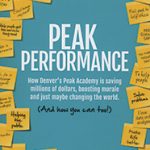 Peak Performance:
Peak Performance: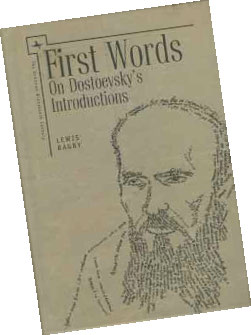
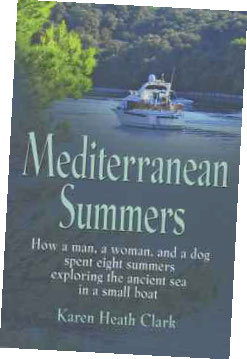
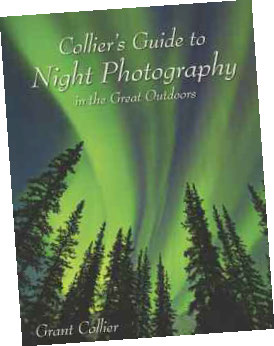

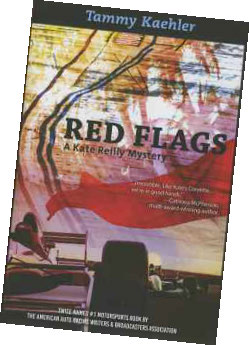
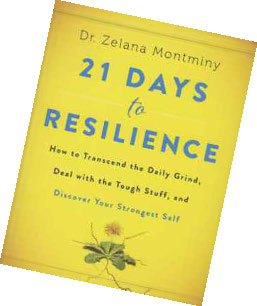


 What’s Stressing Your Face?
What’s Stressing Your Face? Ira’s Shakespeare Dream
Ira’s Shakespeare Dream
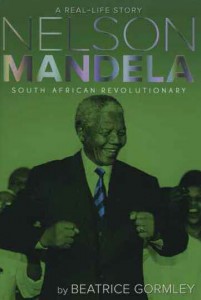
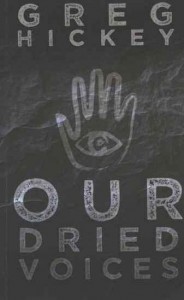
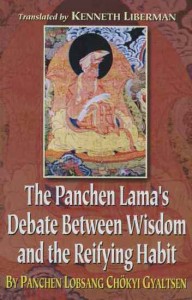

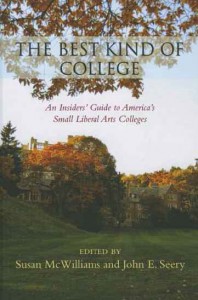


 Bock: I think the biggest thing is, “Don’t trust your instincts,” or as I write, “Don’t trust your gut.” We have all kinds of biases. Our instincts and intuition feel good. The problem is we’re wrong most of the time.
Bock: I think the biggest thing is, “Don’t trust your instincts,” or as I write, “Don’t trust your gut.” We have all kinds of biases. Our instincts and intuition feel good. The problem is we’re wrong most of the time.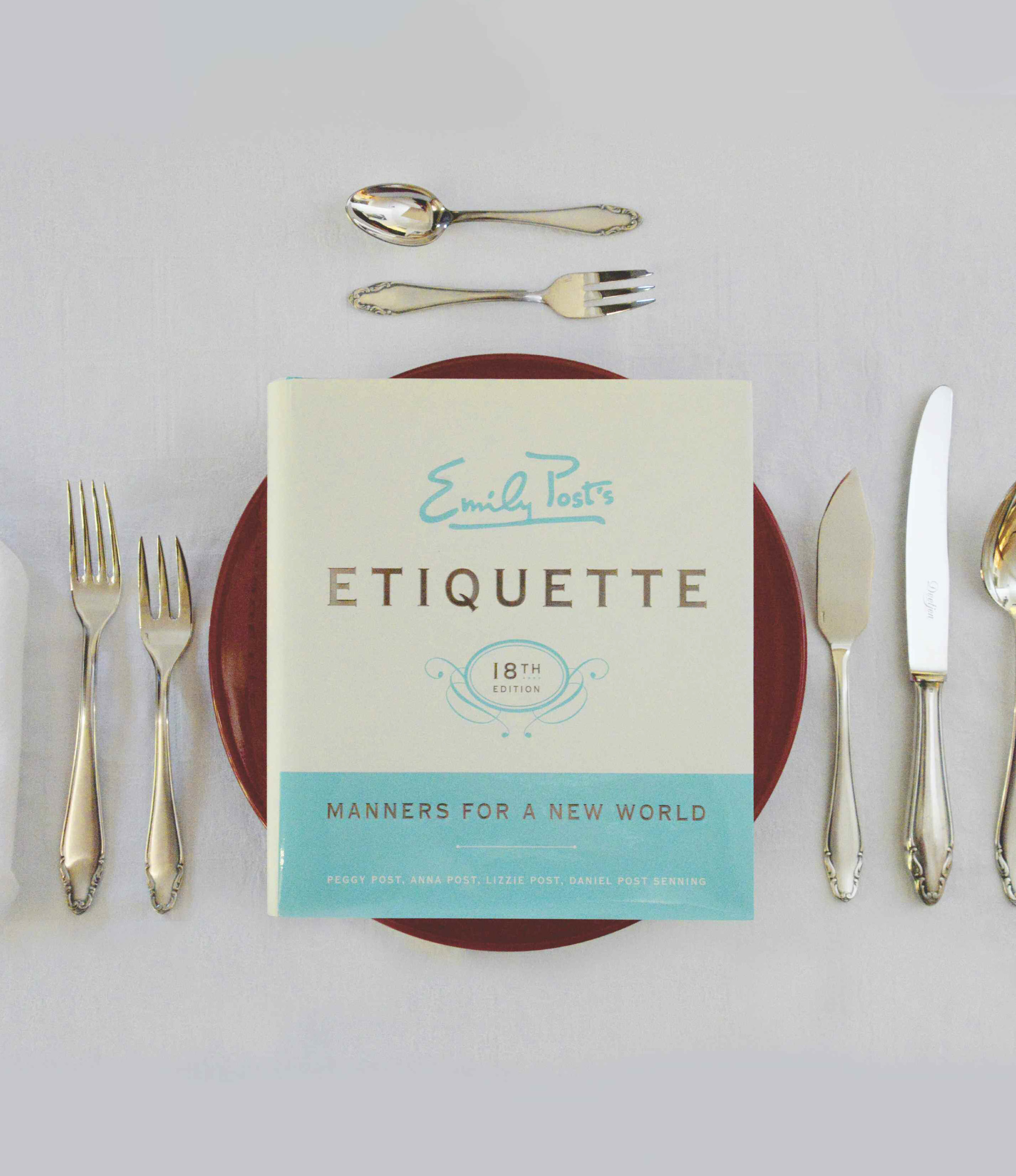
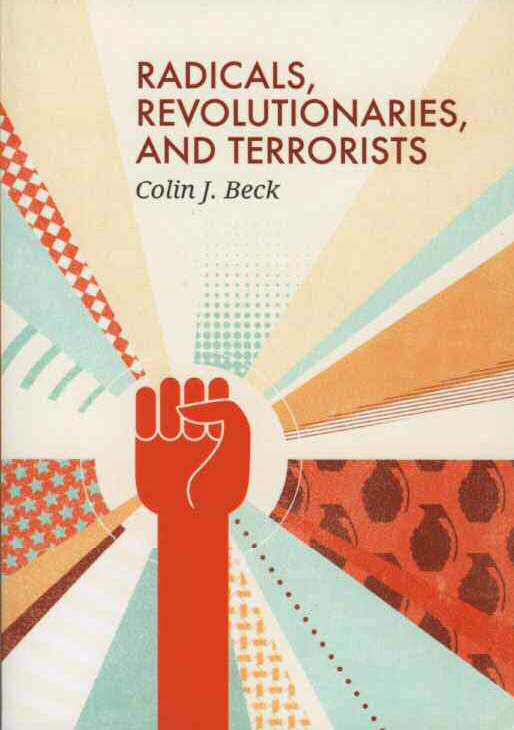
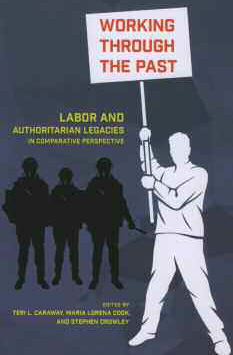 Working Through the Past
Working Through the Past
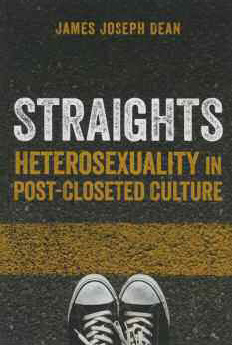
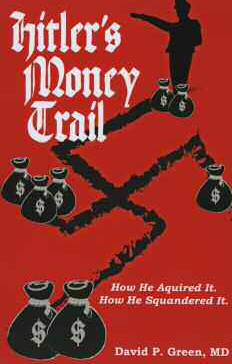
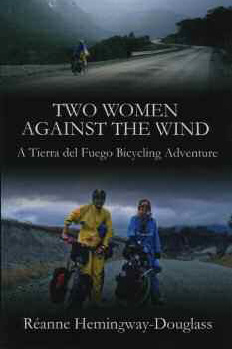
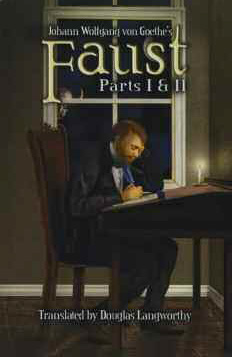
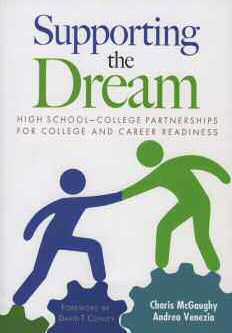
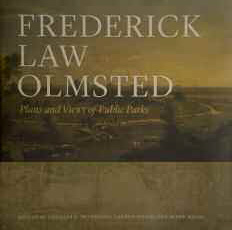
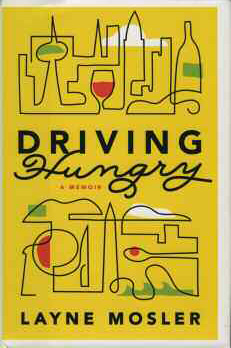
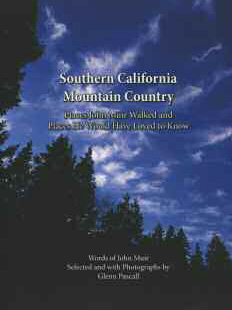

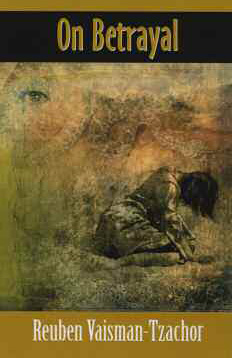
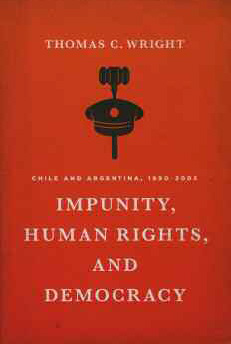
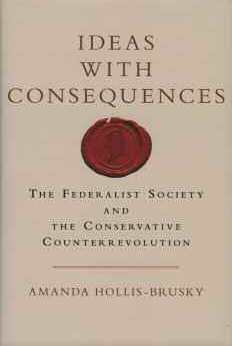
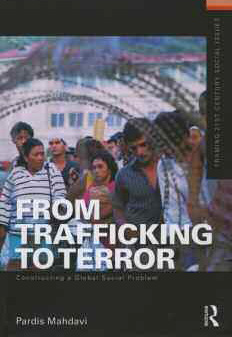
 The Templars, the Witch, and the Wild Irish
The Templars, the Witch, and the Wild Irish Downstream
Downstream Exploring the Salish Sea
Exploring the Salish Sea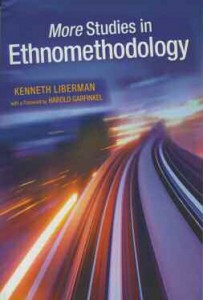 More Studies in Ethnomethodology
More Studies in Ethnomethodology

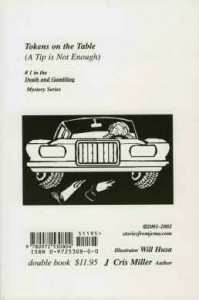 Tokens on the Table (A Tip is Not Enough) and Contrary Mary (All in Good Time)
Tokens on the Table (A Tip is Not Enough) and Contrary Mary (All in Good Time) Soundtracks of Asian America
Soundtracks of Asian America
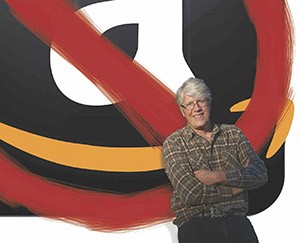 THE WORDS THAT galvanized a thousand authors to speak out against a powerful corporate retailer were written along a dirt road, in an 8-by-10 shack, by a wispy-haired, self-described “wimp.”
THE WORDS THAT galvanized a thousand authors to speak out against a powerful corporate retailer were written along a dirt road, in an 8-by-10 shack, by a wispy-haired, self-described “wimp.”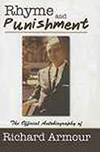
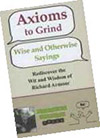
 ney, Aaron Becker ’96 offers the second installment in an intended trilogy of brightly colored fantasy adventures without words.
ney, Aaron Becker ’96 offers the second installment in an intended trilogy of brightly colored fantasy adventures without words.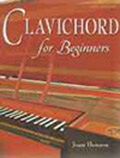 Joan Benson ’46, a champion of the clavichord in the modern world, offers a method book for practitioners and enthusiasts alike, including a master class DVD and a CD of Benson performing.
Joan Benson ’46, a champion of the clavichord in the modern world, offers a method book for practitioners and enthusiasts alike, including a master class DVD and a CD of Benson performing. Reanne Hemingway-Douglass ’63 tells the little-known World War II story of an escape route that the French Resistance used to rescue Allied airmen shot down over France.
Reanne Hemingway-Douglass ’63 tells the little-known World War II story of an escape route that the French Resistance used to rescue Allied airmen shot down over France.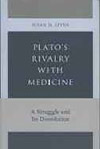
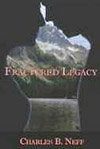 clash between an old family legacy, tribal land rights, and a marriage in trouble results in a suspicious death, threatening the lives of those who try to solve it.
clash between an old family legacy, tribal land rights, and a marriage in trouble results in a suspicious death, threatening the lives of those who try to solve it.
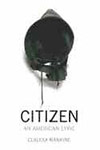 A National Book Award finalist, Professor of English Claudia Rankine’s meditation on race recounts the racial aggressions of daily life in America in a progression of revealing vignettes.
A National Book Award finalist, Professor of English Claudia Rankine’s meditation on race recounts the racial aggressions of daily life in America in a progression of revealing vignettes.